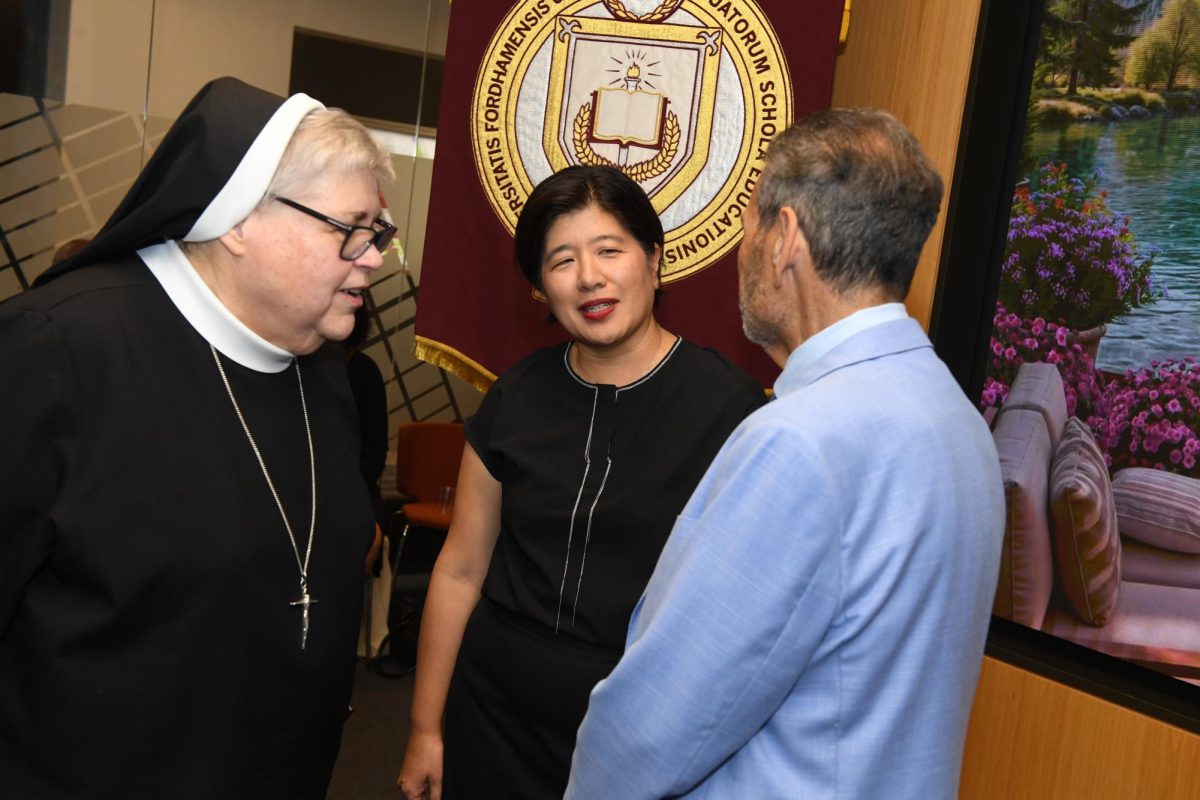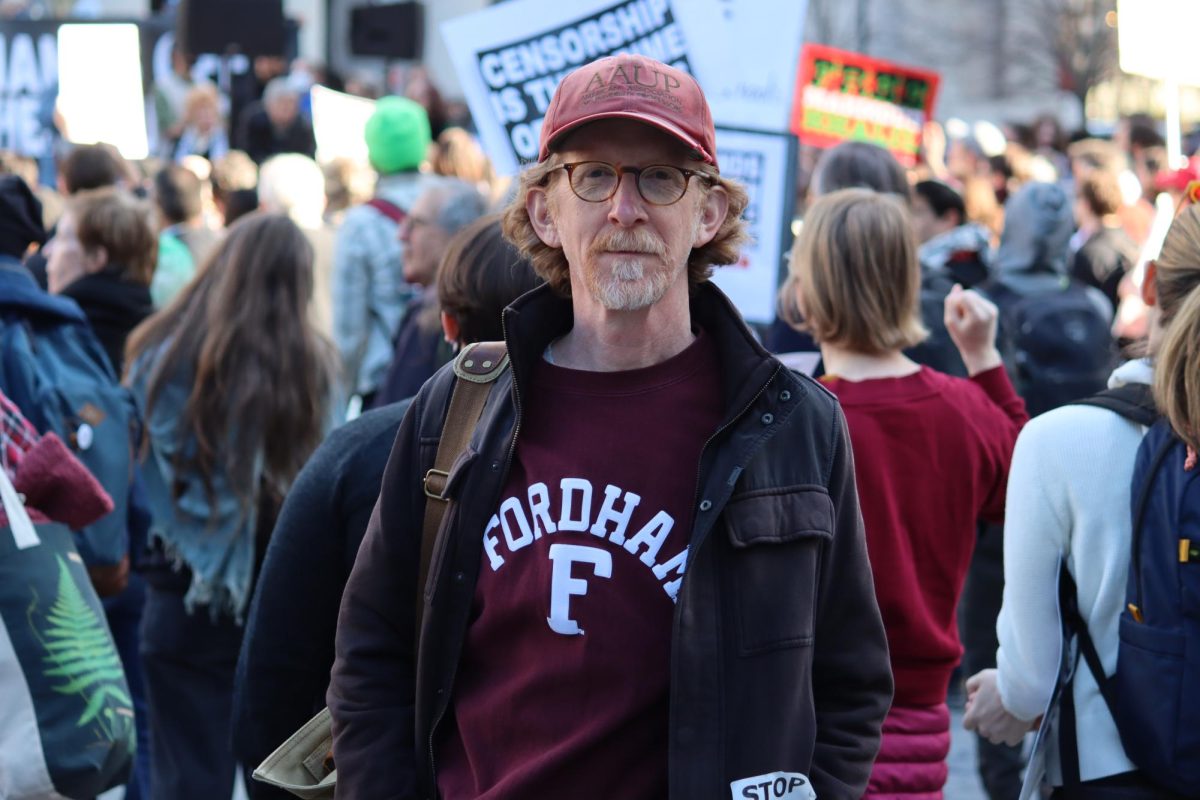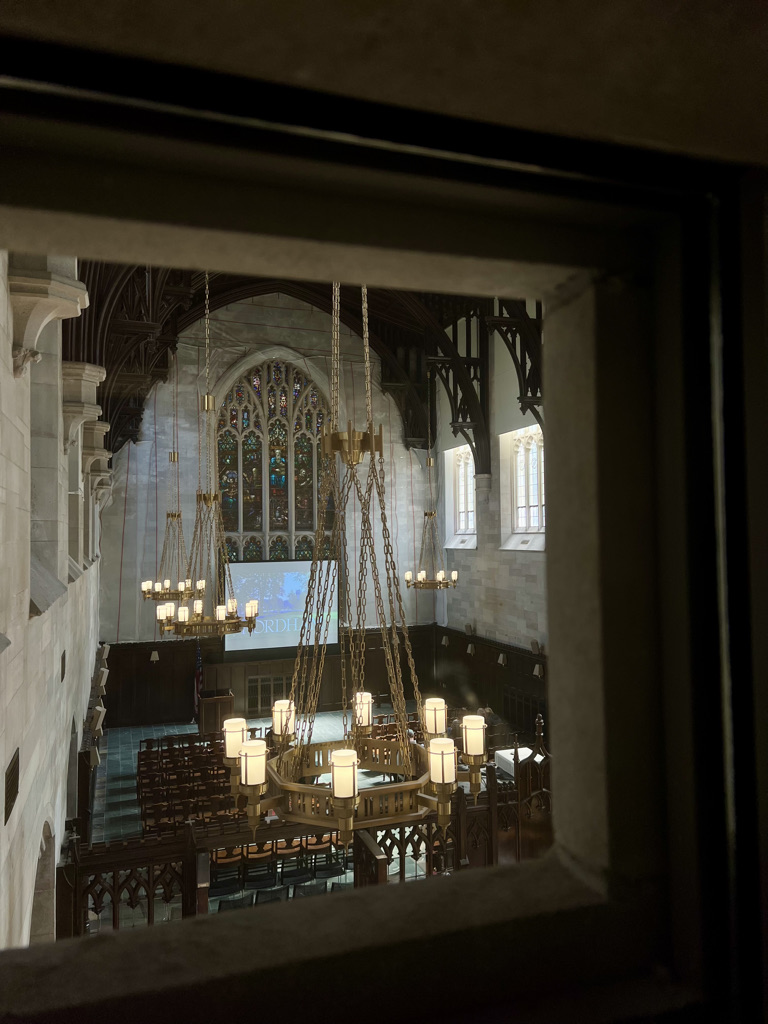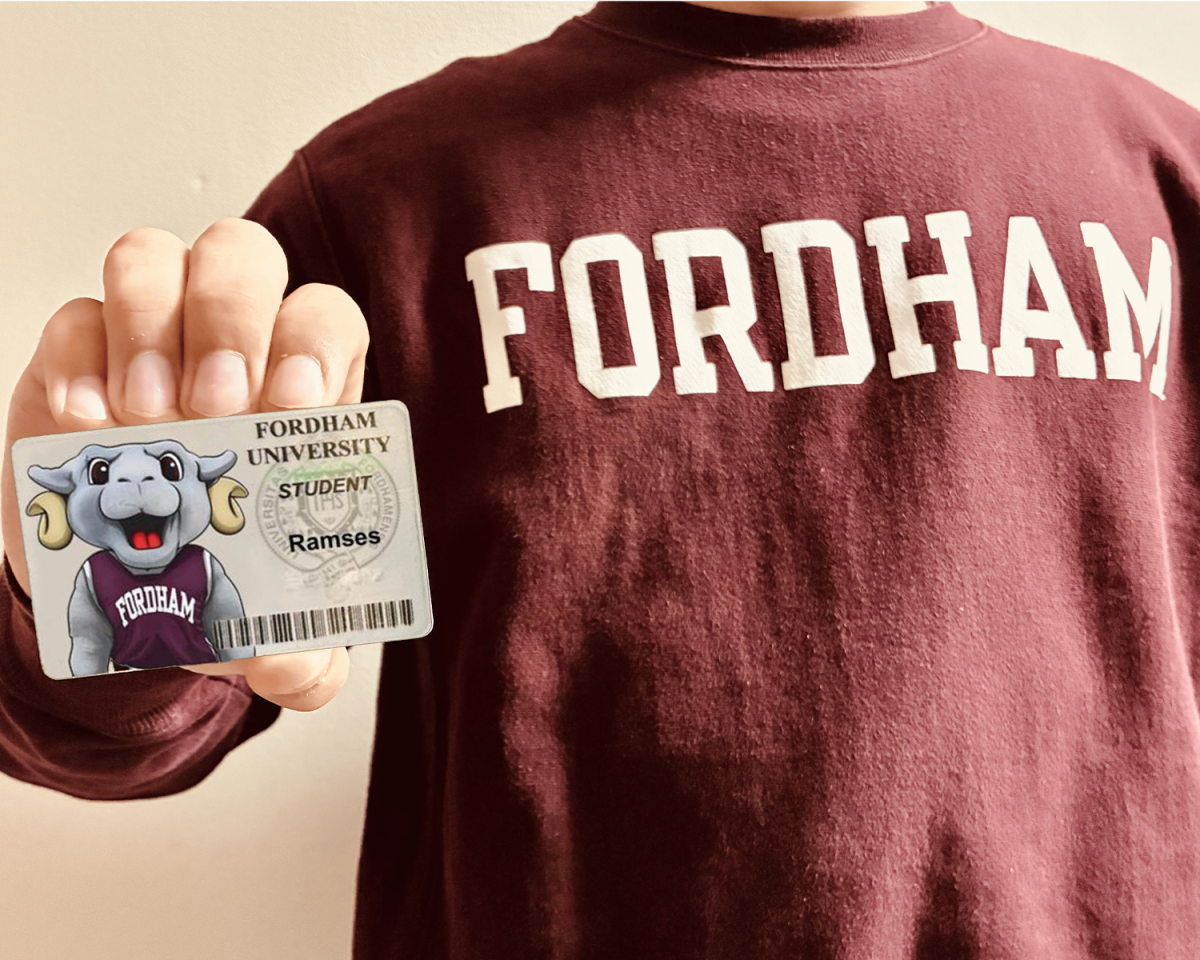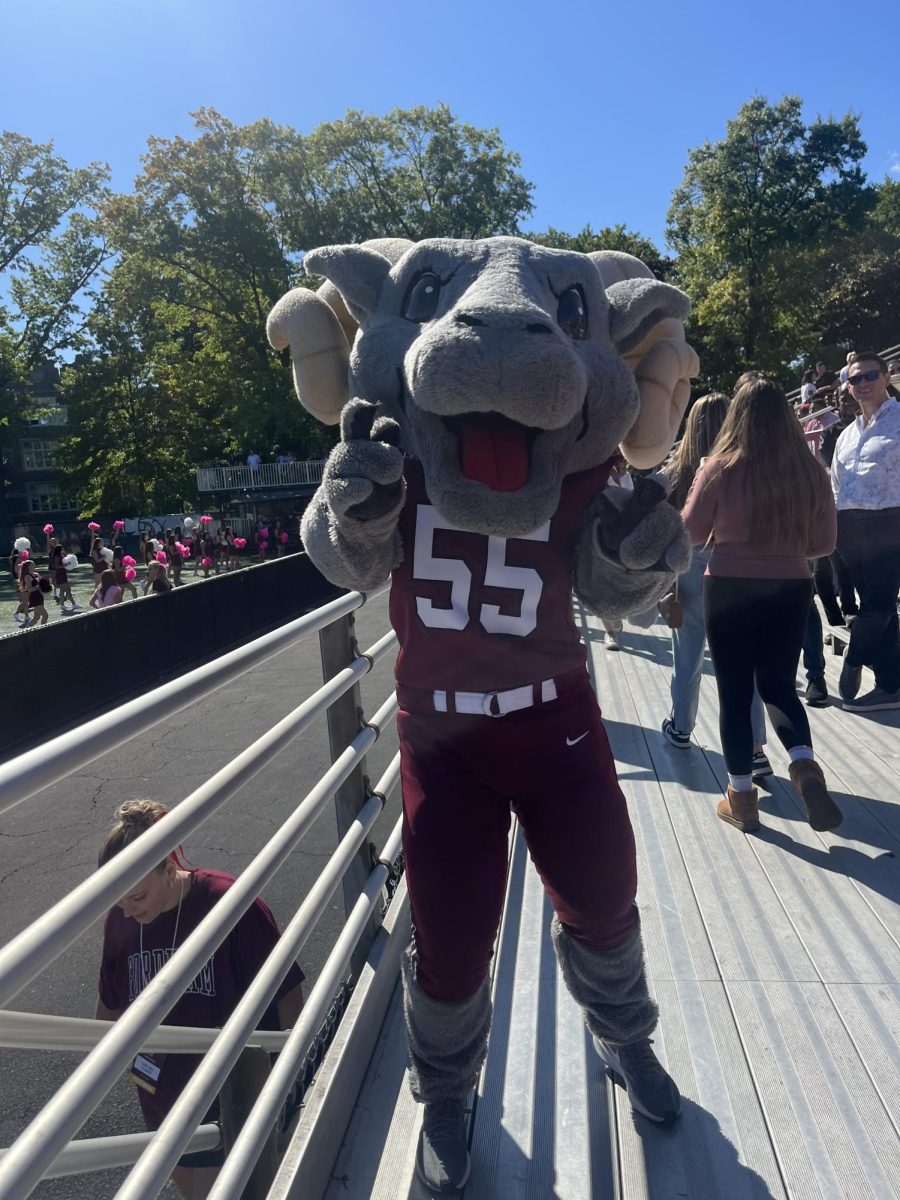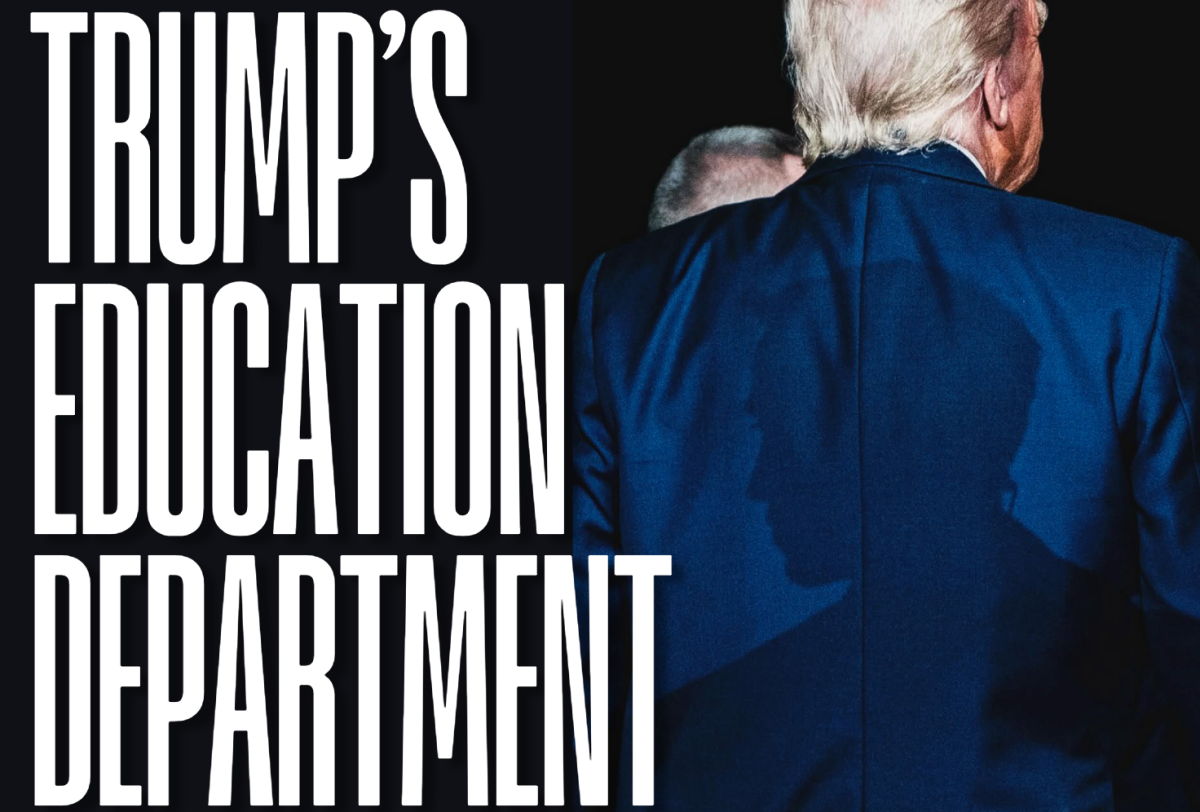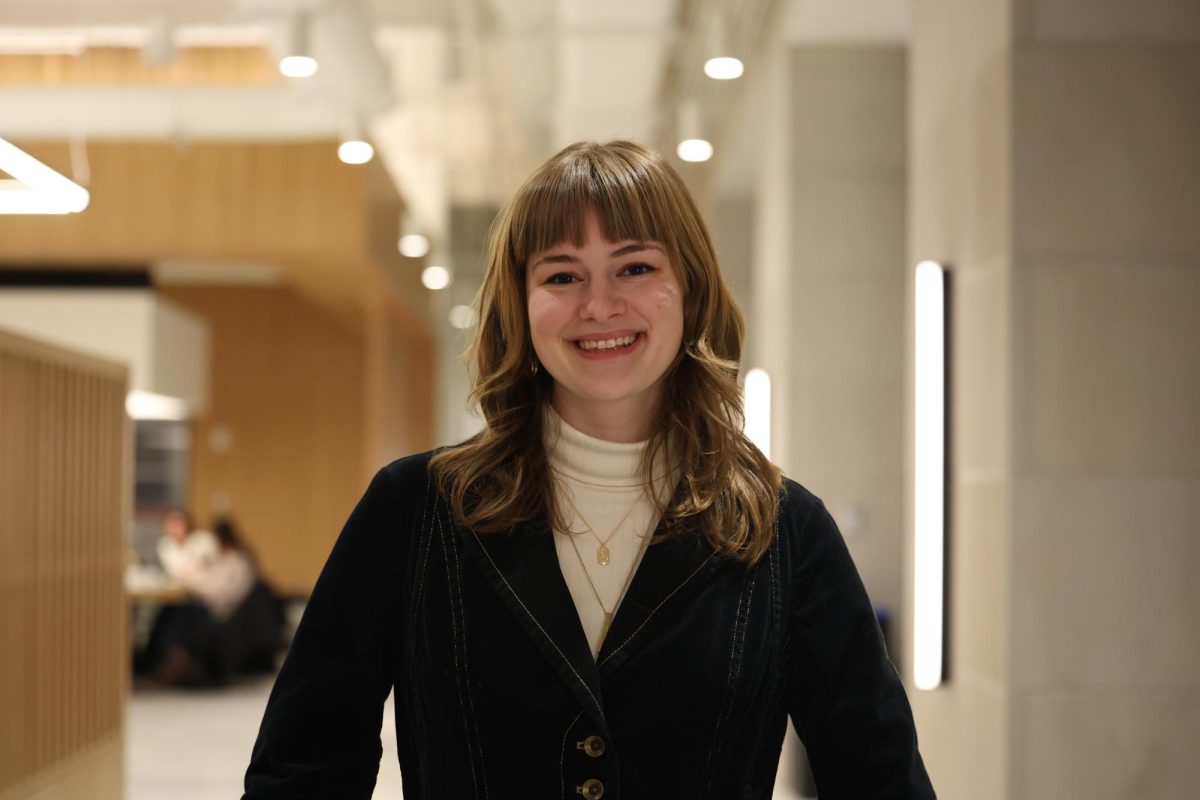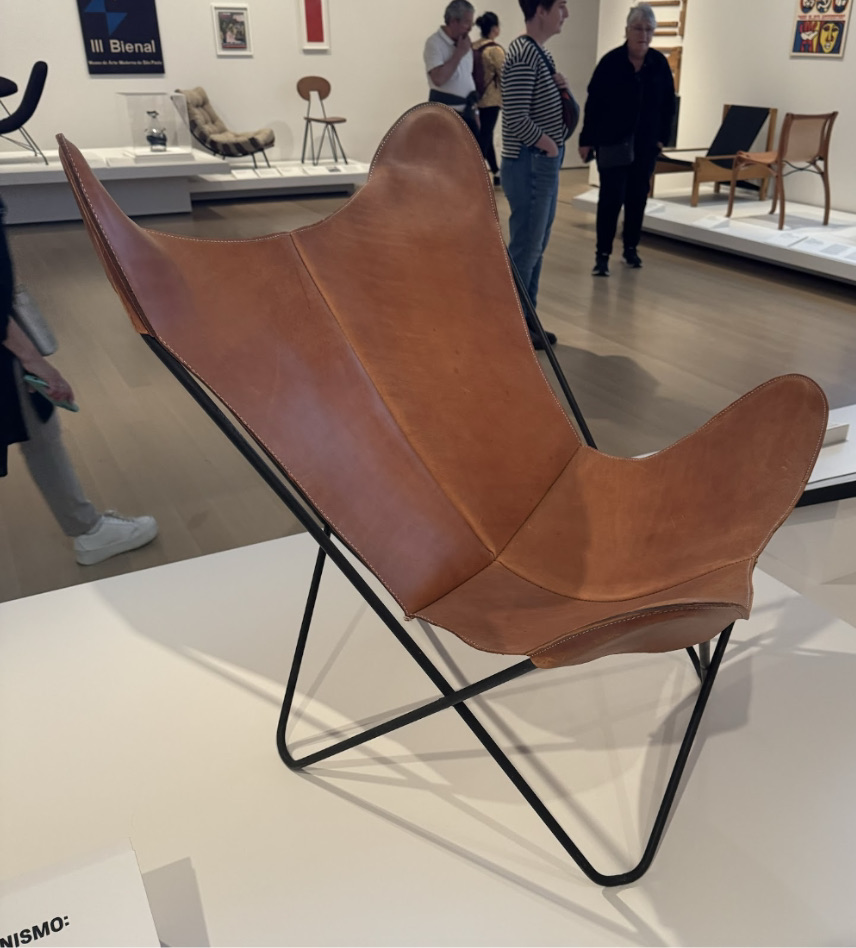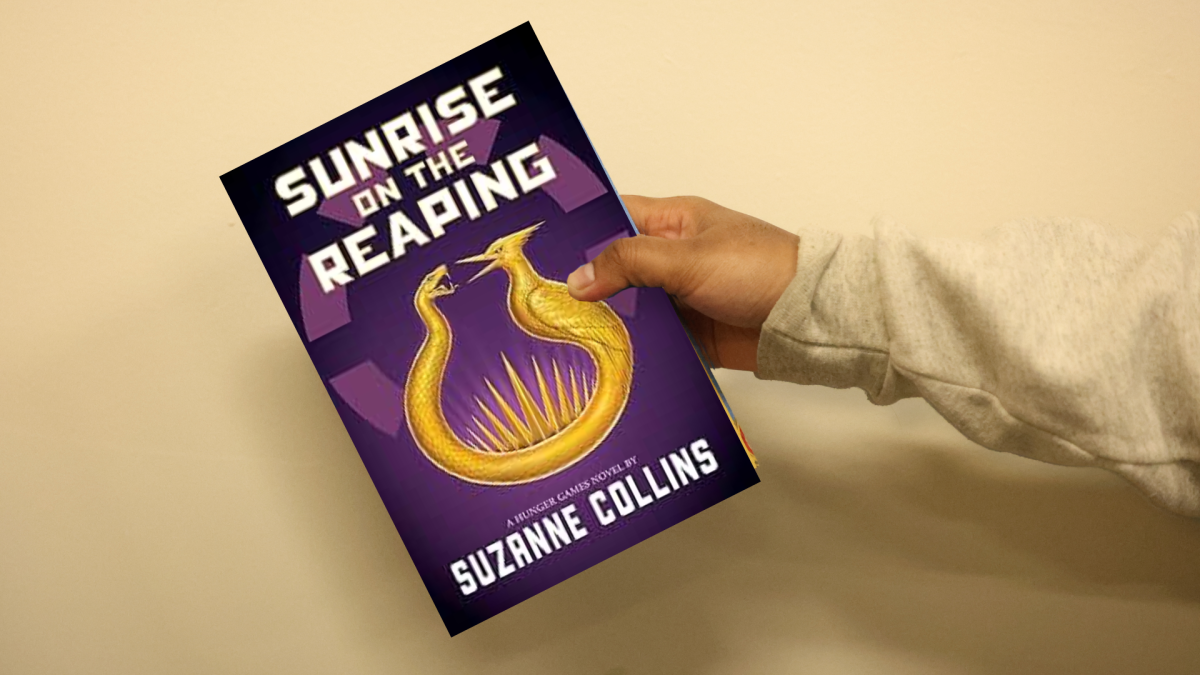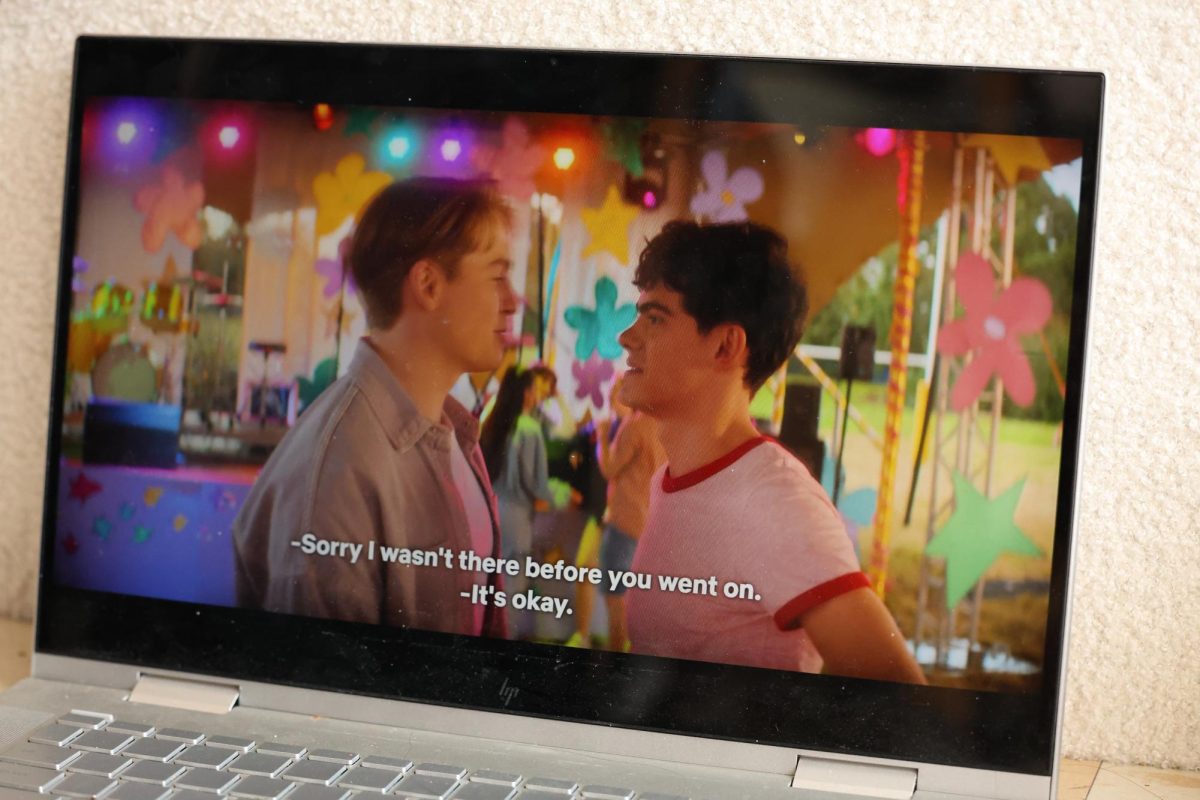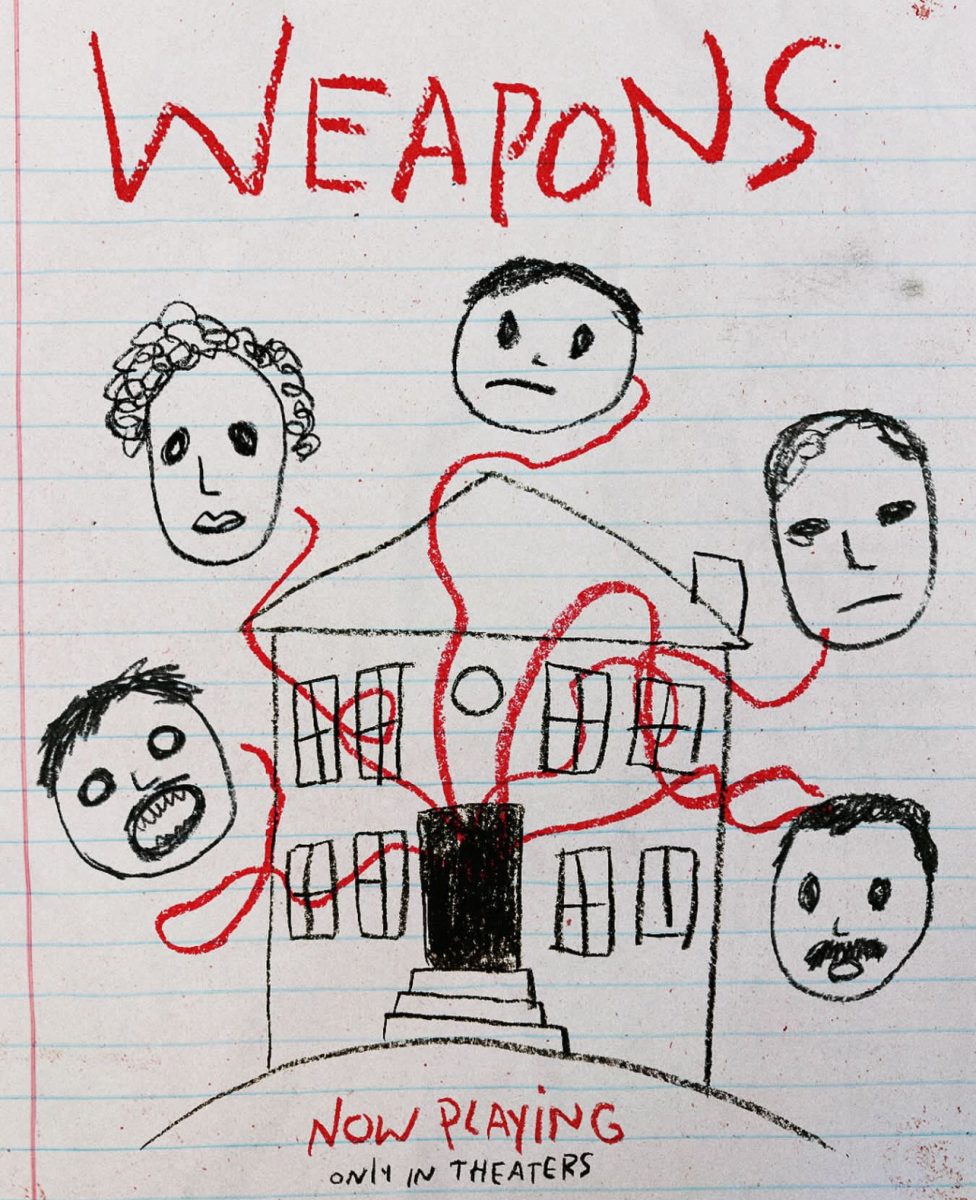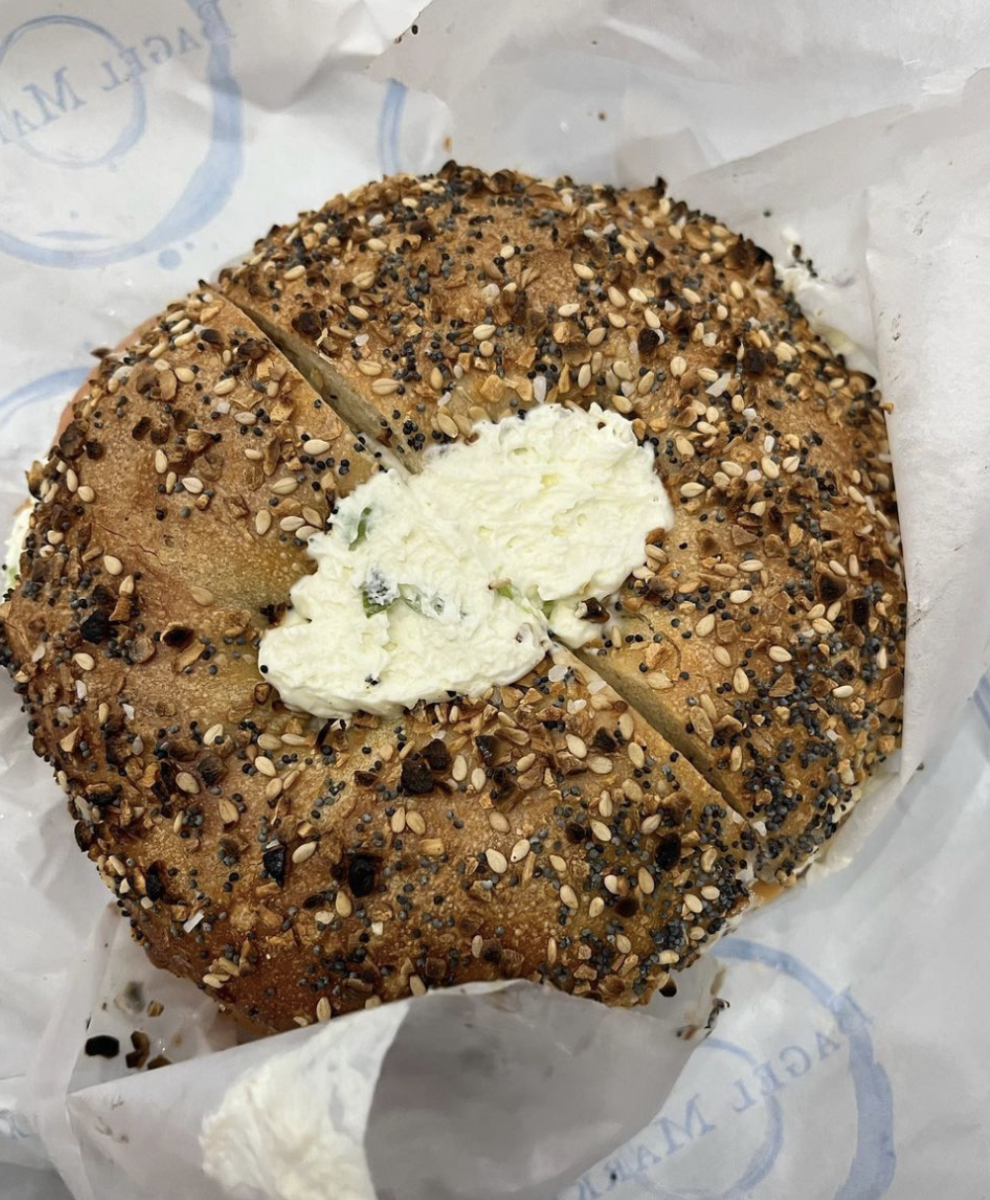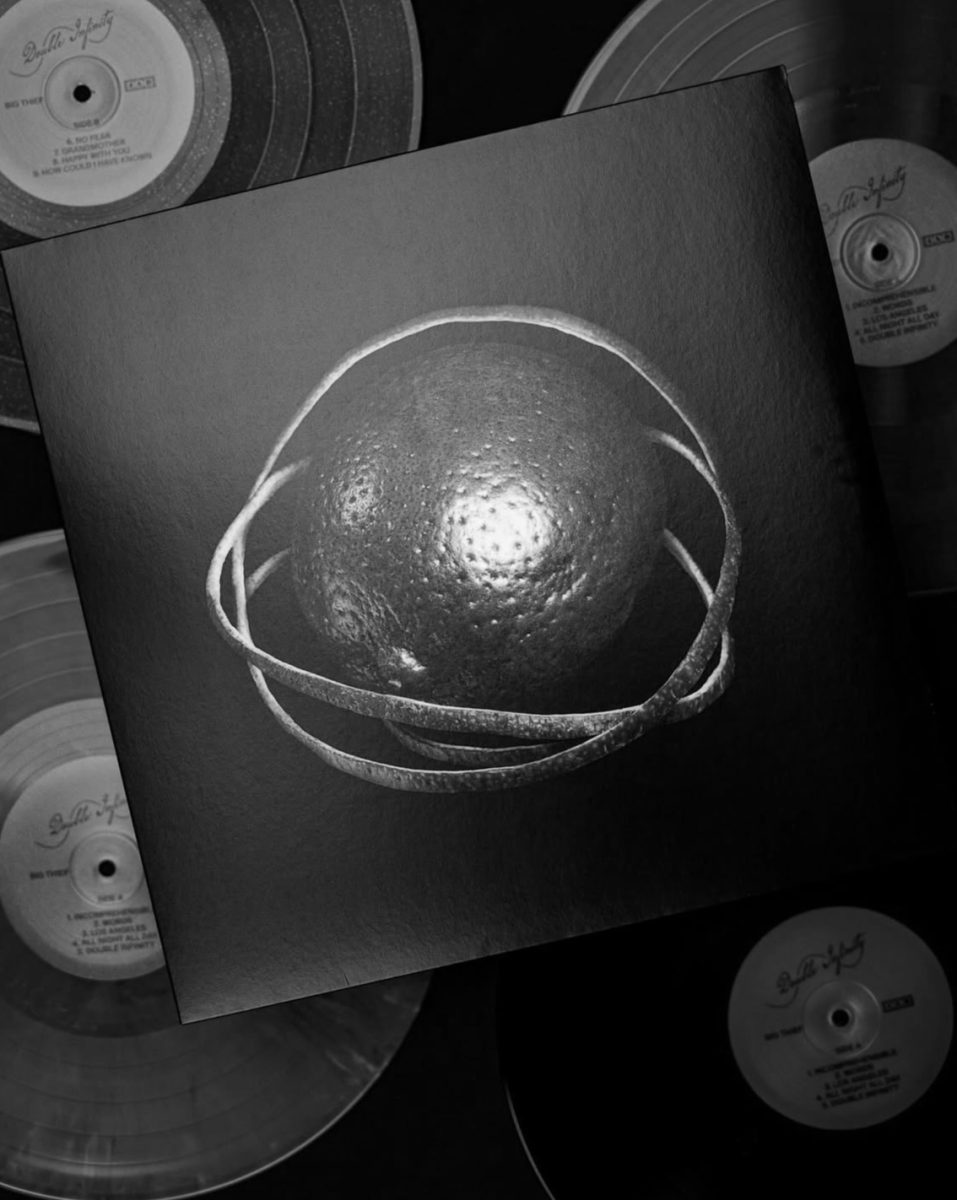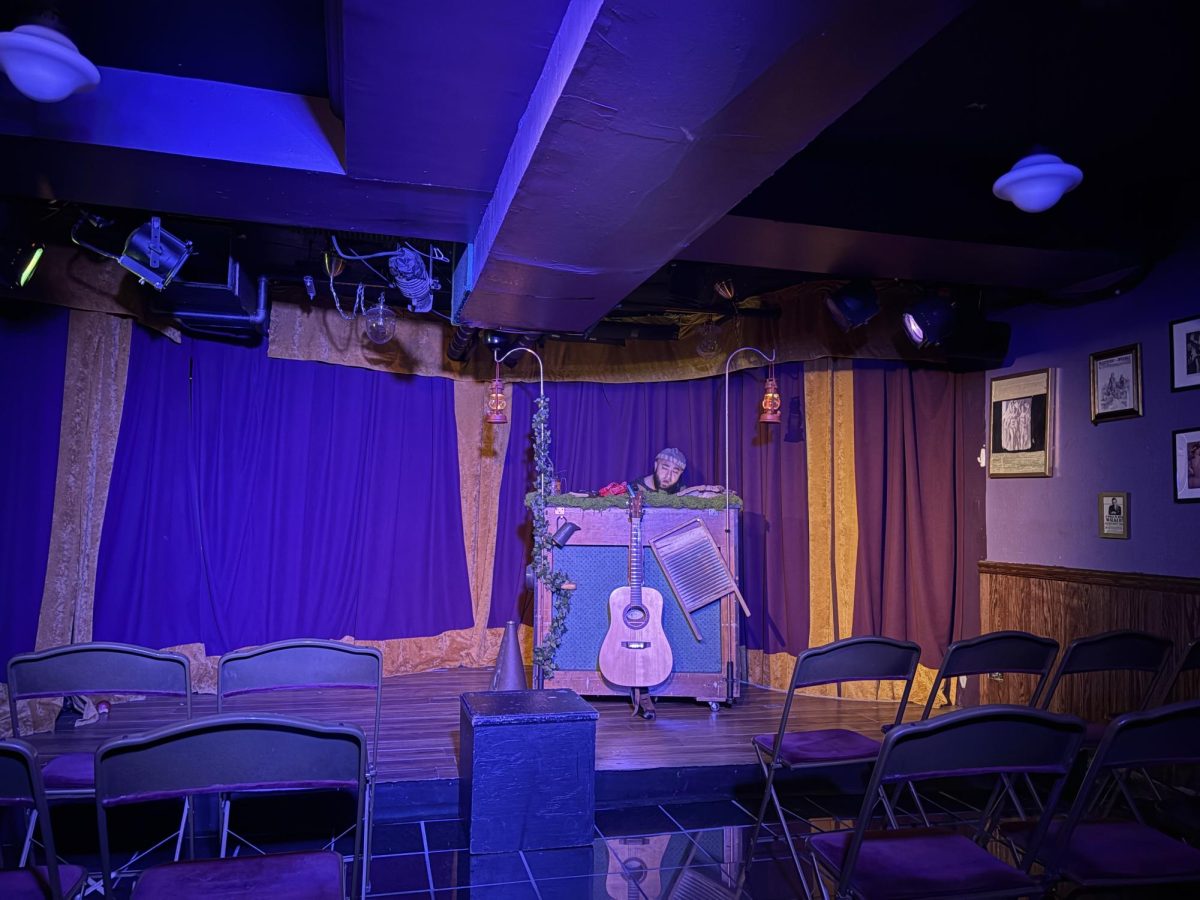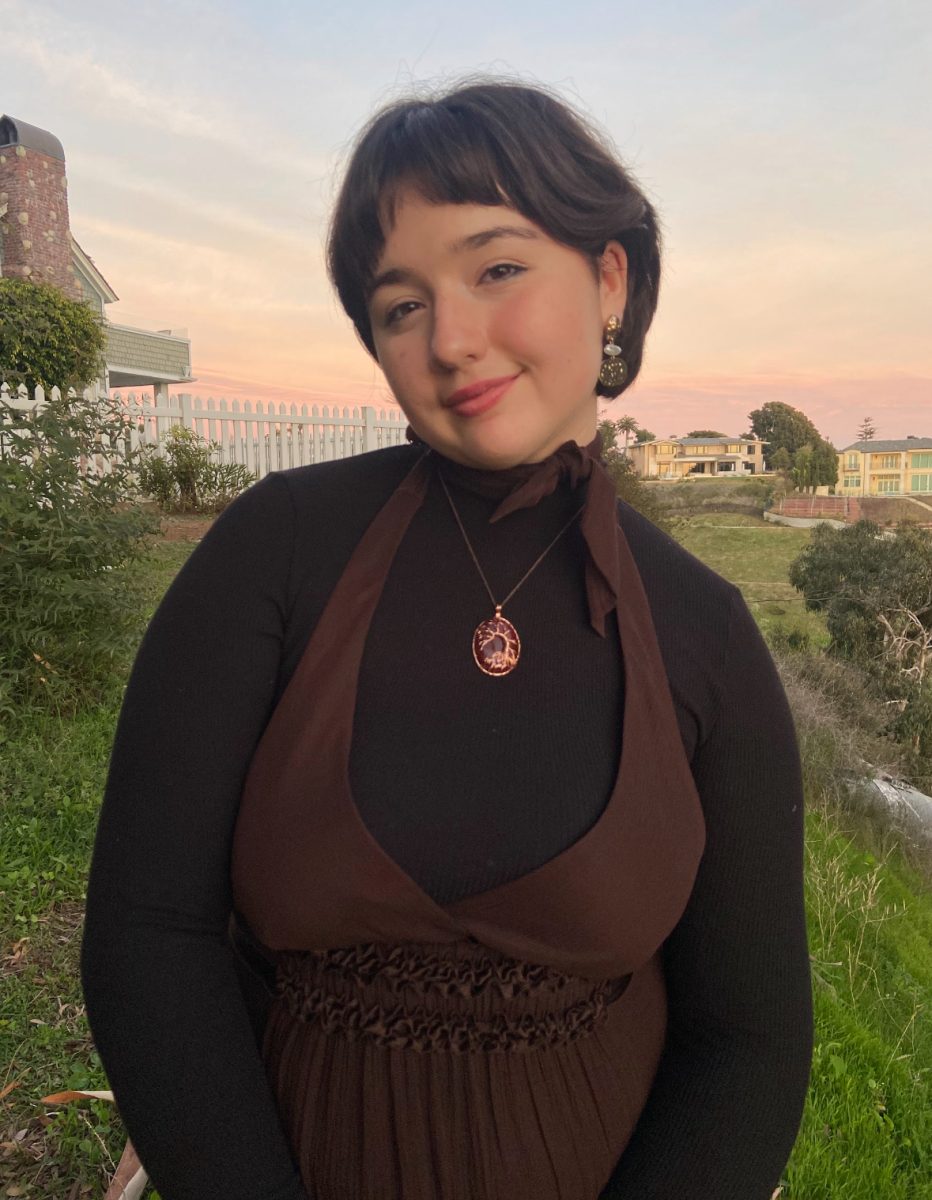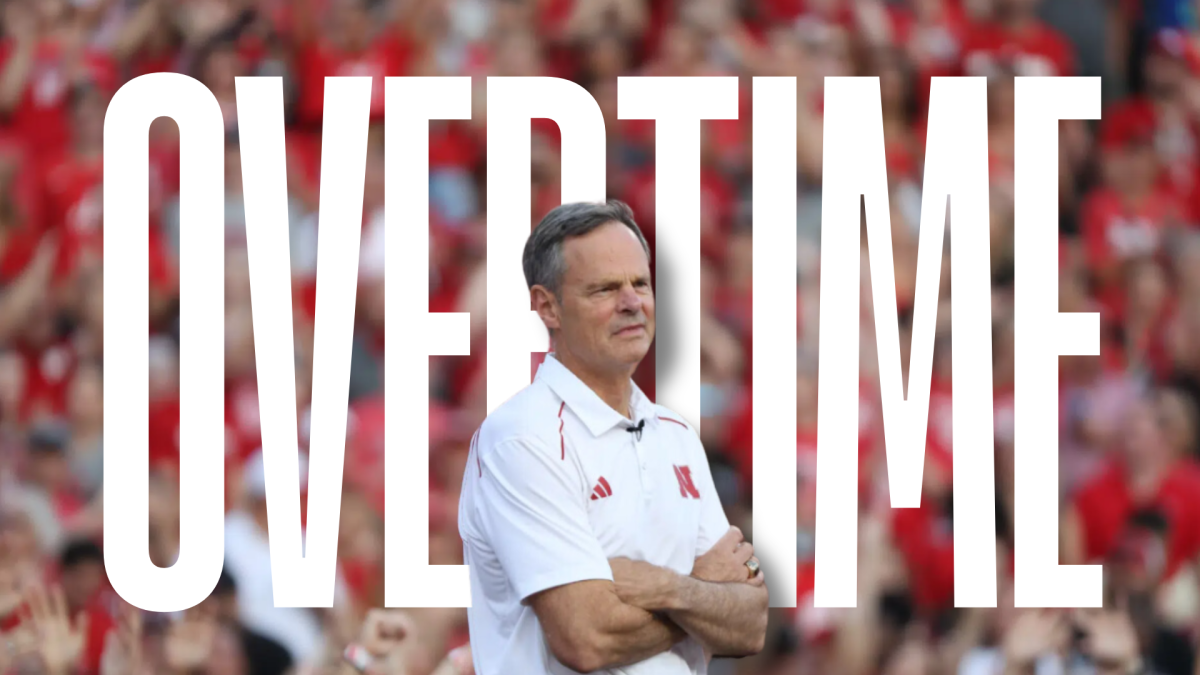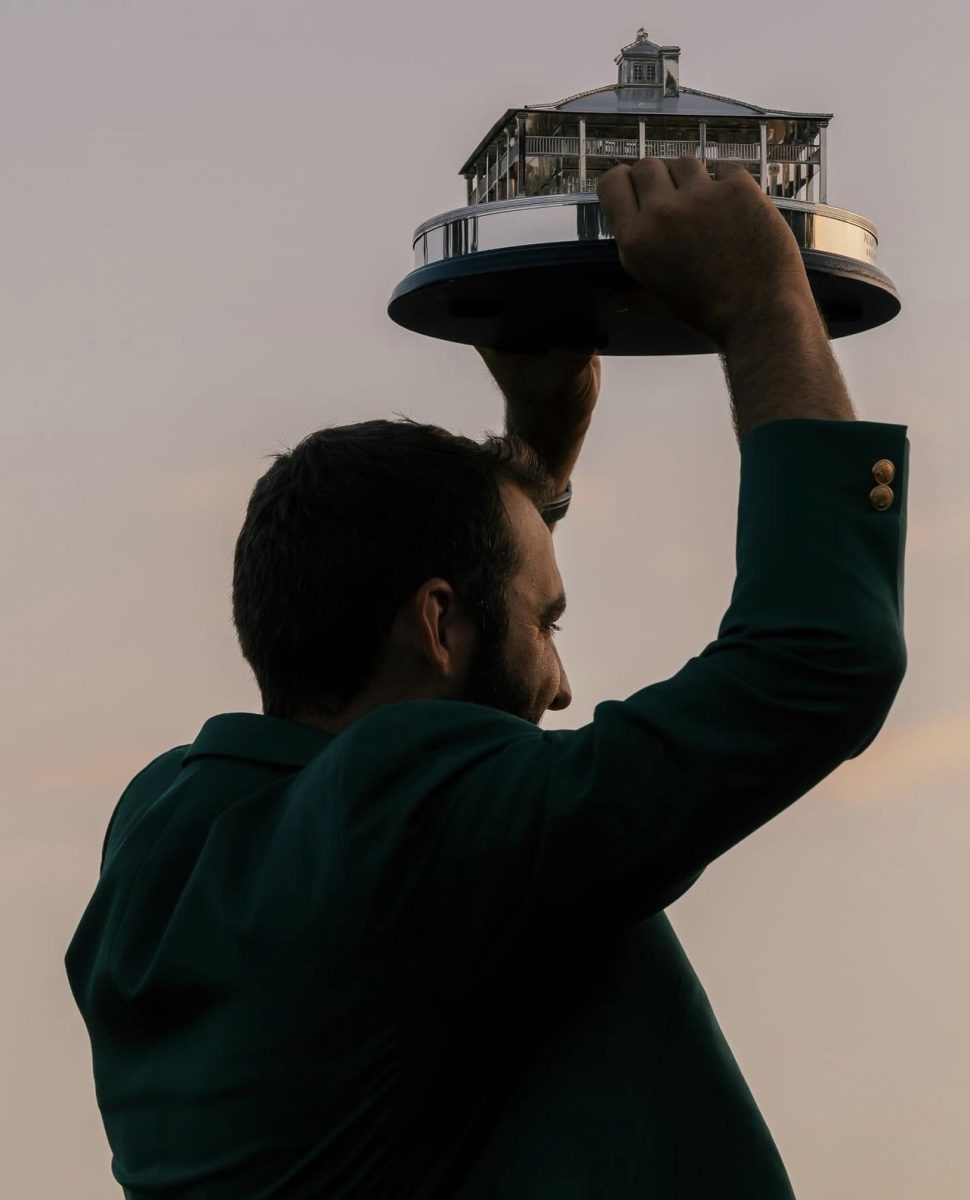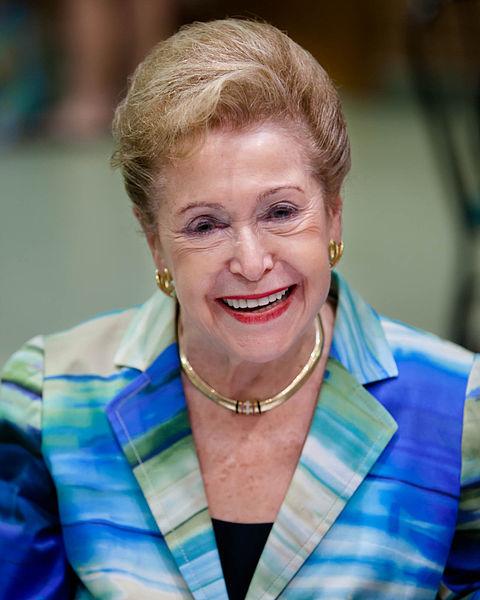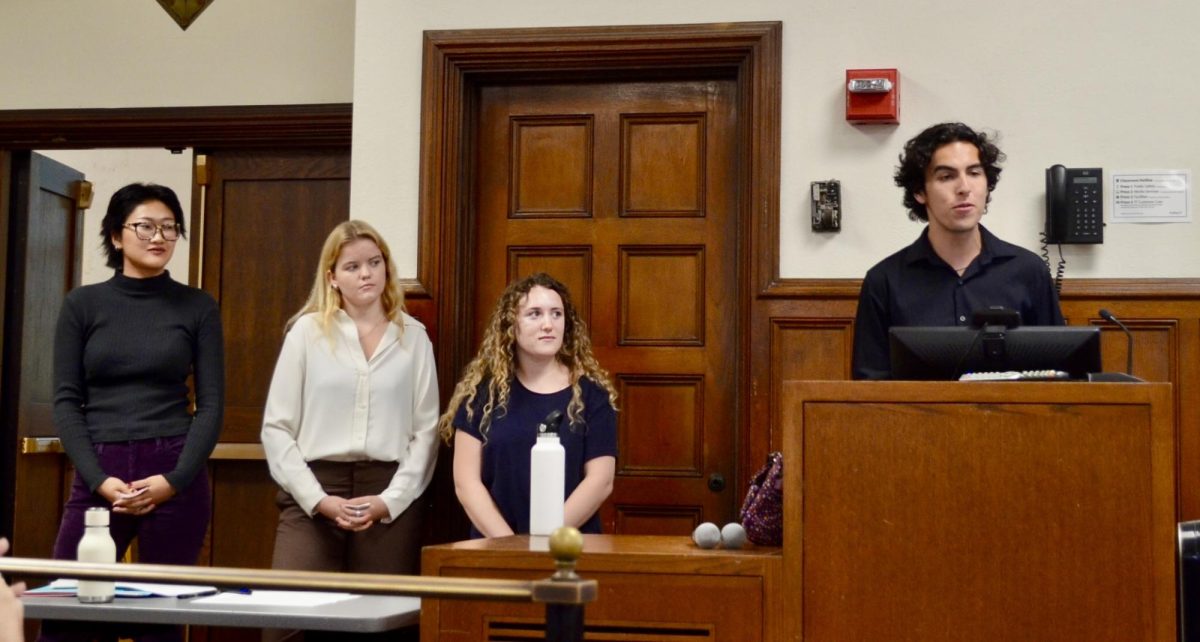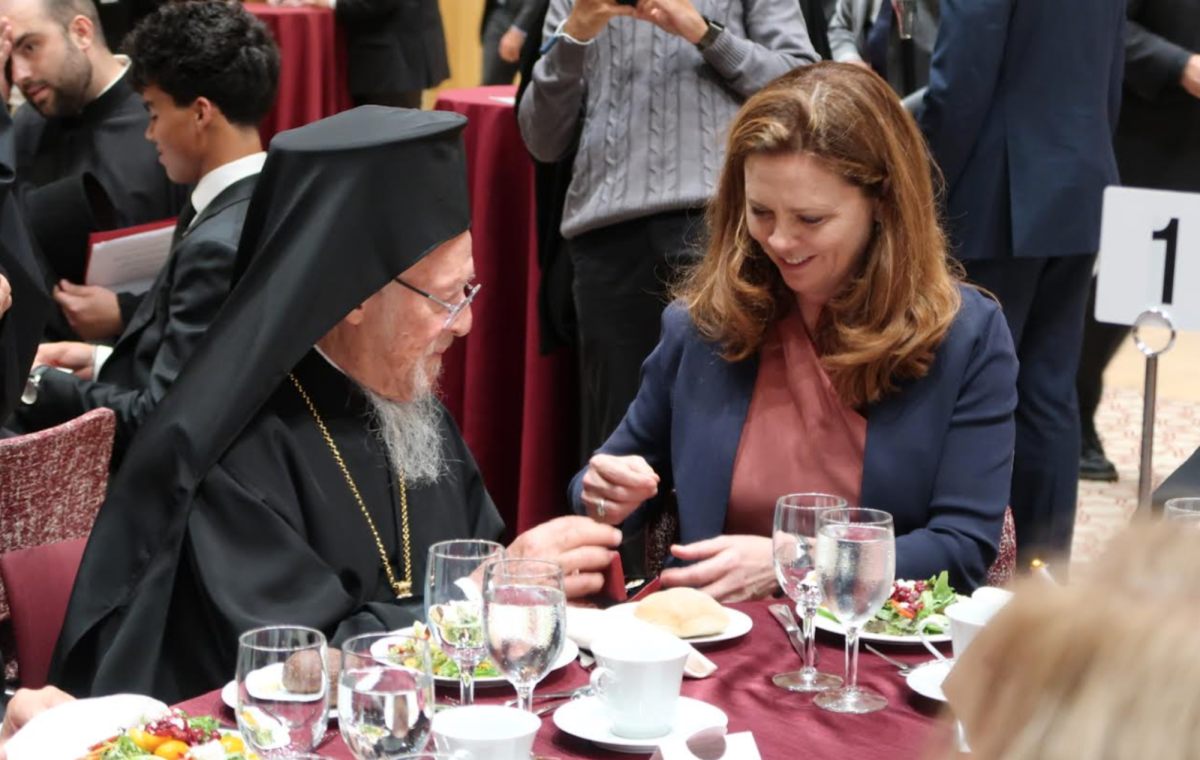By KATIE NOLAN
COPY CHIEF

Looking around campus, it is clear that Fordham students are an artistic bunch. The theatre, music and comedy scenes are obviously present here at Rose Hill, but, quietly, in dorm rooms, in classrooms and in the basement of Rodrigue’s, another arts scene is flourishing here at Fordham.
Creative writing is alive and well among the student body, and changes in the creative writing program at Fordham will soon reflect that. Currently, Fordham students of any major can minor in creative writing, and students majoring in English can use creative writing classes to count toward the English major. Recently, the program received a generous gift from mystery writer Mary Higgins Clark, FCLC ’79, to create the Mary Higgins Clark Chair, which will allow the program to bring in a prominent author to teach graduate and undergraduate classes, hold workshops and be a visible presence both at Rose Hill and at Lincoln Center. The selection process to choose the first chair is underway, and will be announced in spring of 2015. The chair represents a significant expansion for an already vibrant program.
The creative writing program is also experiencing other changes in the future. Professor Sarah Gambito, director of creative writing, acknowledged a real shift in the way creative writing happens in society today that must be reflected in the program here at Fordham.
“I feel like how we are reading and writing and disseminating the written word is changing right before our eyes, and I think what creative writing wants to do is stay on the cutting edge of that,” Gambito said. The program has shifted to offering classes on how to wield new media as a tool in creative writing and will offer at least one class a semester on the topic.
Of the program, Gambito said, “We are situated at the center of the world in New York City, and so how do we [the creative writing program] own that and the whole idea is staying at the cutting edge of technology, of the very best faculty that we can get our hands on and offering students a palette of how they can express themselves; and I think that is really happening across both campuses.”
To that end, the program runs Cura, Fordham’s literary magazine, published online and available in print through Amazon. All publication proceeds go to the Doe Fund, a charity organization created to help the homeless. Cura takes submissions from around the world and is one of the only literary magazines in the country to integrate literary publication with social justice. A new version of Cura with a redesigned website will be launched in October. The new version will also incorporate a Tumblr and involve students with an action blog that will allow them to engage with the magazine on a more informal basis. Besides Cura, creative writing sponsors events throughout the year, including having a hand in Poets Out Loud, which brings poets to Lincoln Center for readings throughout the year, and creative writing prizes. Students interested in staying abreast of everything going on in the program can check the calendar on fordham.edu as well as follow the department’s Facebook page and Twitter account.
Beyond the classroom, Fordham boasts a student-run literary scene as well. Of the scene, Gambito said, “It’s really lively. What I love is the bi-campus richness of publications that we have here on campus.”
The most prominent creative writing publication here at Rose Hill is by far The Ampersand. Jon Rooke, FCRH ’15, president of The Ampersand, said the club’s goal is “to generate an entirely student produced literary magazine once a semester as well as fostering a literary community here at Fordham.”
The club holds meetings in Rodrigue’s every Wednesday at 8 p.m. to offer workshops and writing prompts in addition to the more formal editorial process of putting out the literary magazine. The club has grown significantly over the past four years, and its numbers have swelled to around 25-30 active members. Jon also noted that the number of submissions for the magazine has increased since his freshmen year; he estimated that the club received around 200 submissions and accepted around 40 for the magazine last semester.
“Having more submissions is a wonderful problem to have…the quality of the work overall that made it into the magazine was better,” Rooke said.
He also thinks the club offers something unique and different from what Cura and the creative writing program offer.
“We feel it [the creative writing program] is really centered downtown,” Rooke said, but The Ampersand attempts to be a grassroots, Rose Hill-based outlet for creative writing at Fordham. Rooke especially wants to reach out to students of all majors who may not be able to explore creative writing in a formal classroom setting.
“We try to reach out to everybody that writes because you wouldn’t be surprised how many people write as a hobby on a college campus…and this is just an outlet for this.” Rooke said. “We kind of hope we have this community built up that helps student writers.”
The club sponsors events including poetry readings and open mics in conjunction with Rodrigue’s. The Ampersand’s submission deadline for the fall semester is Oct. 16 to [email protected].
Whether formally or informally, it is clear that Fordham students have a lot to say. the creative writing scene is a diverse and active scene that deserves to be noticed, and the addition of another creative writing chair is a big step in increasing its profile on campus.





